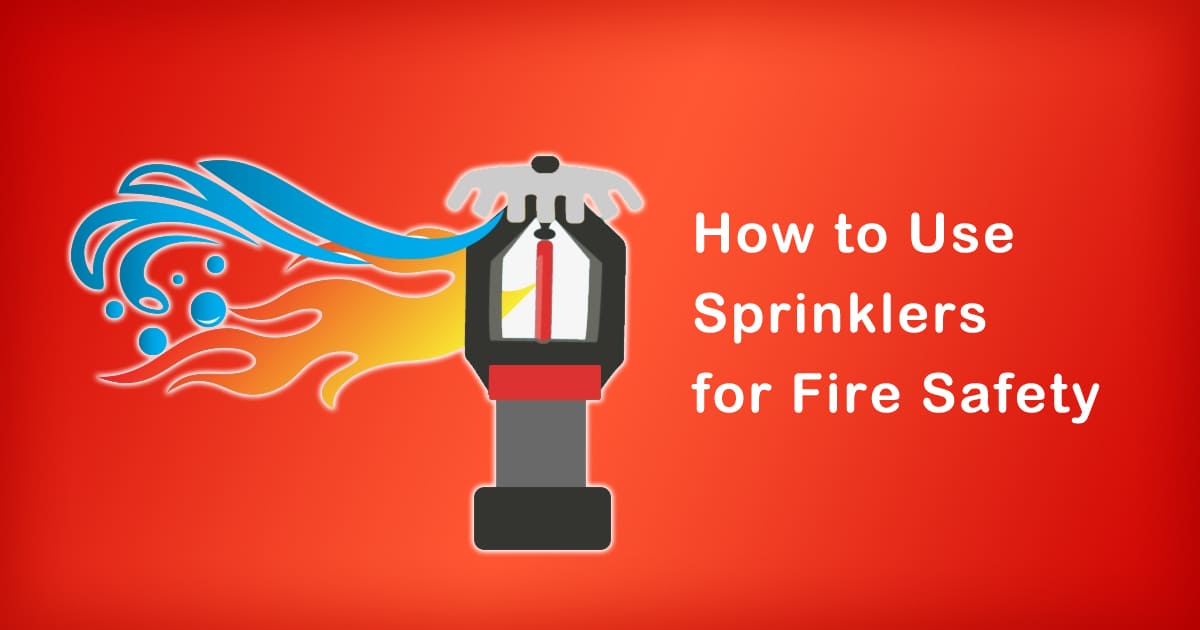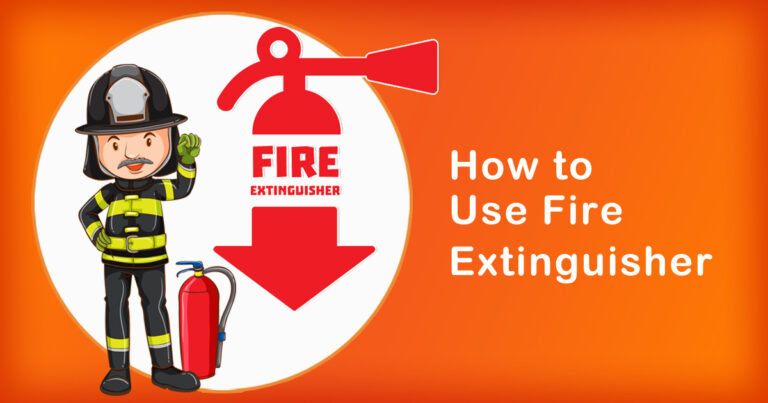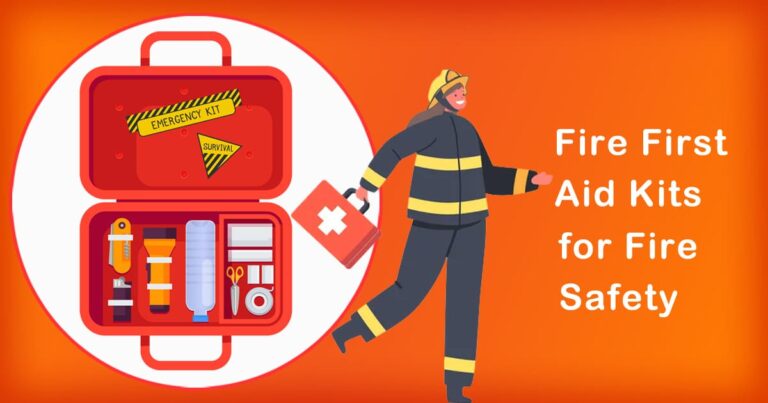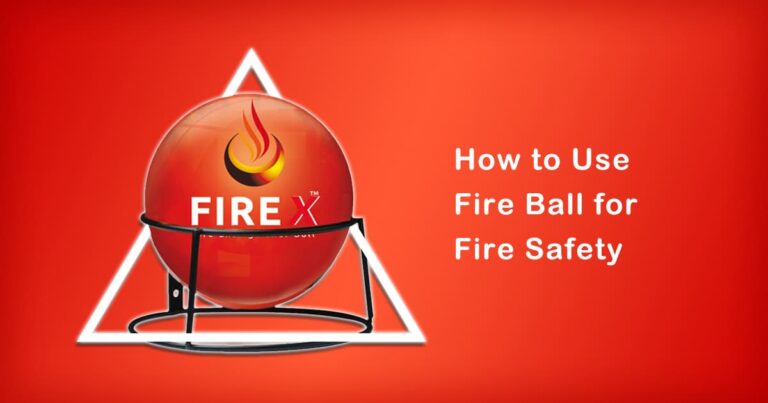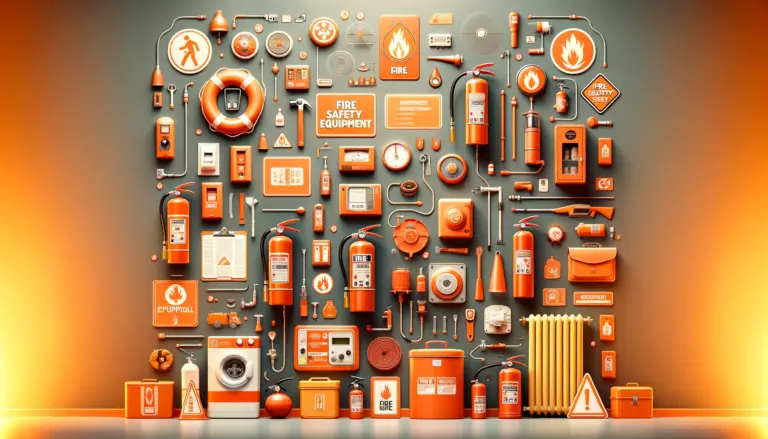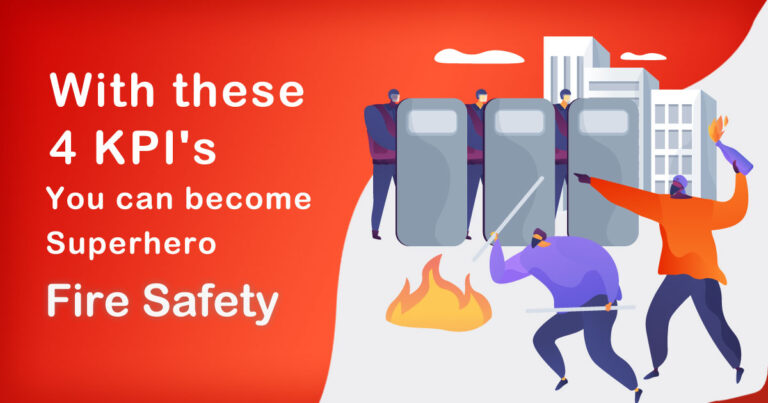Introduction
In India, fire accidents are not uncommon. According to the National Crime Records Bureau (NCRB), around 55,000 people lost their lives due to fire accidents between 2010 and 2019. These accidents not only result in human casualties but also cause a huge loss of property and infrastructure. To prevent such incidents, it is crucial to have proper fire safety measures in place. One of the most effective fire safety measures is the use of sprinklers. In this article, we will discuss how to use sprinklers for fire safety in a step-by-step guide.
Step 1: Understand the basics of sprinklers
A sprinkler system consists of a network of pipes with sprinkler heads that are installed in the ceiling or walls. These sprinkler heads are designed to release water in case of a fire. When a fire occurs, the heat from the flames will activate the sprinkler heads. Only the sprinkler head that is closest to the fire will release water, which helps to contain the fire at an early stage.
Step 2: Know the types of sprinklers
There are two types of sprinkler systems: wet and dry. Wet sprinkler systems are filled with water at all times and are suitable for areas that are not exposed to freezing temperatures. Dry sprinkler systems, on the other hand, are filled with air or nitrogen under pressure, and water is released only when the sprinkler head is activated. These are suitable for areas with low temperatures where water can freeze and cause damage to the system.
Step 3: Install the sprinkler system
It is important to hire a professional to install the sprinkler system. The system should be designed and installed according to the local fire codes and regulations. The installation should be done in such a way that all areas of the building are covered by the sprinkler heads.
Step 4: Test the sprinkler system
Once the system is installed, it is important to test it to ensure that it is working properly. A professional should conduct a test to check if all the sprinkler heads are functioning and if there are any leaks or malfunctions.
Step 5: Maintain the sprinkler system
Regular maintenance is essential to ensure that the sprinkler system is always in good working condition. It is important to have the system inspected by a professional at least once a year. The sprinkler heads should also be cleaned regularly to prevent any blockages.
Step 6: Educate the occupants
It is important to educate the occupants of the building about the sprinkler system and how to use it. They should be aware of the location of the sprinkler heads and how to activate them in case of a fire.
Conclusion
In conclusion, the use of sprinklers is an effective way to prevent fire accidents in India. It is important to understand the basics of sprinklers, know the types of sprinkler systems, install the system correctly, test and maintain it regularly, and educate the occupants. By following these steps, we can ensure that our buildings are safe from fire accidents and prevent any loss of life and property.


